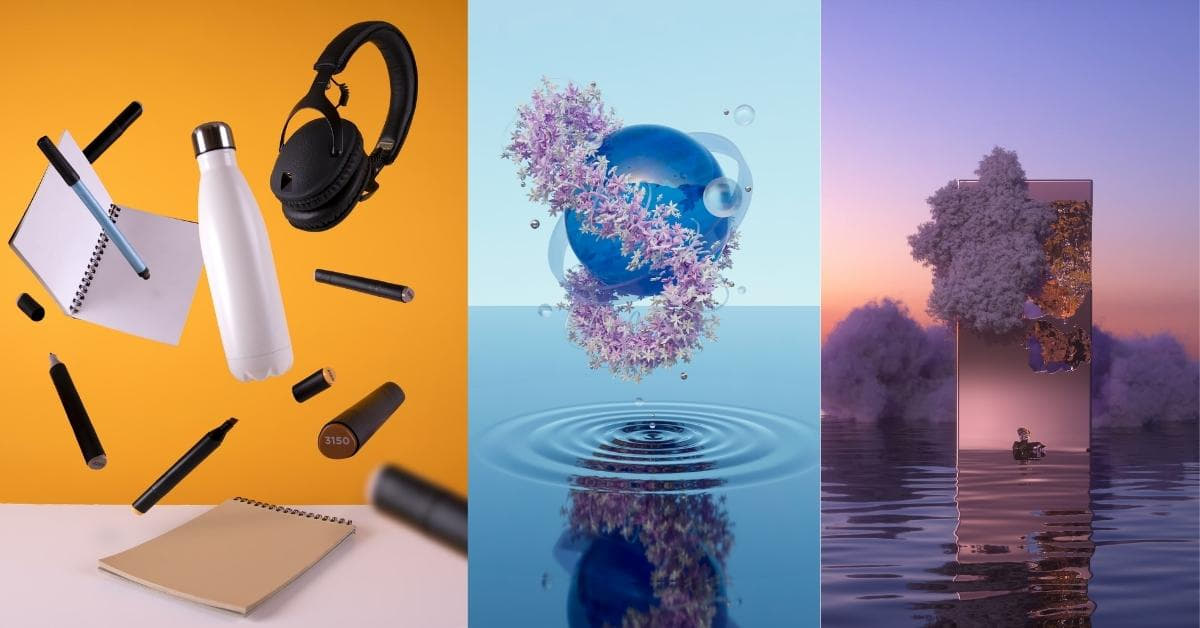In the era of digital photography and image editing tools, photo manipulation has become an integral part of the creative process. This technique allows photographers and designers to enhance, modify, or transform images to convey a specific message, evoke emotions, or simply captivate the viewer. In this article, we will delve into the fascinating world of photo manipulation, exploring examples that showcase its creative potential.
What Is Photo Manipulation?
Photo manipulation refers to the art of altering, enhancing, or transforming photographs using various techniques and software. It can range from simple adjustments like color correction to more complex modifications, such as combining multiple images to create a surreal masterpiece. Photo manipulation is widely used in advertising, digital art, and photography to achieve desired visual effects.
Examples of Photo Manipulation
- Color Grading: One of the most common forms of photo manipulation is color grading. Photographers often adjust the colors in their images to create a specific mood or atmosphere. For instance, warm tones can evoke a sense of nostalgia, while cool tones can create a more tranquil ambiance.
- Photo Retouching: Retouching involves removing blemishes, wrinkles, or imperfections from portraits. It’s widely used in fashion and beauty photography to enhance the appearance of models without making them appear unnatural.
- Compositing: Compositing involves blending multiple images to create a new, cohesive scene. This technique is often used in advertising, allowing photographers to incorporate products seamlessly into different backgrounds.
- Double Exposure: Double exposure is a creative technique where two images are superimposed to create a dreamy or surreal effect. This method is popular in fine art photography and album cover design.
- Manipulating Scale and Perspective: Adjusting the scale and perspective of elements within an image can create an illusion of depth or size. This is commonly used in architectural photography to make buildings appear grander than they are.
- Cloning and Replicating: By cloning or replicating elements within a photo, artists can create patterns or make an image more visually interesting. For example, replicating a flock of birds in a landscape shot can add a dynamic and engaging aspect to the scene.
- Digital Painting: Some artists take photo manipulation to another level by digitally painting over their images. This technique allows for complete creative freedom, resulting in stunning, almost surreal artwork.
- Mashups and Surreal Art: Combining unrelated elements in a visually striking and surreal way is a form of photo manipulation that challenges reality. These pieces often convey profound messages or emotions.
FAQs
1. Is photo manipulation ethical?
Photo manipulation is ethical when used transparently and responsibly. In journalism, for example, it’s generally not acceptable to manipulate images to mislead the public. However, in art and creative fields, the boundaries are more flexible.
2. What software is commonly used for photo manipulation?
Adobe Photoshop is the industry standard for photo manipulation. Other popular tools include Adobe Lightroom, GIMP, and Affinity Photo.
3. Can beginners learn photo manipulation?
Absolutely! There are many tutorials and online courses available for beginners interested in learning photo manipulation. It’s a creative skill that can be developed with practice and patience.
4. How do I avoid copyright issues when using manipulated images?
Ensure that you have the proper permissions to use images that are not your own. When working with stock photos or copyrighted material, always read and follow the licensing terms.
5. Is photo manipulation only for professionals?
No, photo manipulation is for anyone interested in exploring their creativity. With the right software and guidance, beginners and enthusiasts can enjoy manipulating photos and creating stunning visuals.
Conclusion
Photo manipulation is a powerful tool that allows artists, photographers, and designers to turn their creative visions into reality. From subtle enhancements to surreal artwork, the possibilities are endless. As you embark on your journey into the world of photo manipulation, remember to balance your creativity with ethics and responsibility. The results can be both visually stunning and thought-provoking.
This page was last edited on 5 December 2023, at 3:04 am
